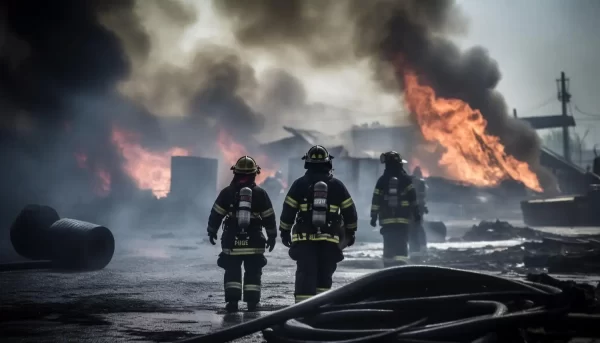Water
Using water to extinguish a fire is one of the simplest and most effective methods that most people are familiar with. Although water can be used effectively to extinguish a fire, improper use can spread the fire or cause damage. In fires that leave ash (Class A), water is used as the primary extinguishing agent.
Fire extinguishers
Fire extinguishers, whether hand-held or wheeled, are designed to extinguish a fire before it spreads. These include:
- Powder capsules (powder and gas or powder with cartridge)
- CO₂ capsules
- Water and gas capsules
- Foam capsules
- Halogenated capsules (the use of this type is prohibited due to damage to the ozone layer).
Fixed fire extinguishing systems
1. Fireboxes
Fire boxes, which contain high-pressure hoses, valves, and other equipment, are installed in buildings and at specified intervals to allow for rapid response to fires. The hoses inside these boxes can be constantly pressurized or can be pressurized by a pump as soon as the valve is opened.
2. Fire water network (hydrants)
In some urban and industrial areas, fire hydrants are connected to salt or fresh water networks and can be used to extinguish fires or fill fire tankers.
Automatic fire extinguishing systems
1. Water fire extinguishing systems
These systems include a pump, water storage tank, piping, sprinklers, and an alarm. The sprinklers are activated when the temperature rises and the glass bubble bursts, spraying water onto the fire. This system can automatically stop the spread of the fire.
2. Gas fire extinguishing systems
In these systems, gases such as CO₂ are injected into the fire through cylinders and piping. This method is designed for specific spaces such as computer sites, engine rooms, and warehouses. Before activation, air inlets and outlets must be closed and the space must be cleared of people.
Safety tools and equipment
To obtain fire safety tools and clothing, you can visit relevant stores and check out the types of suitable equipment.














